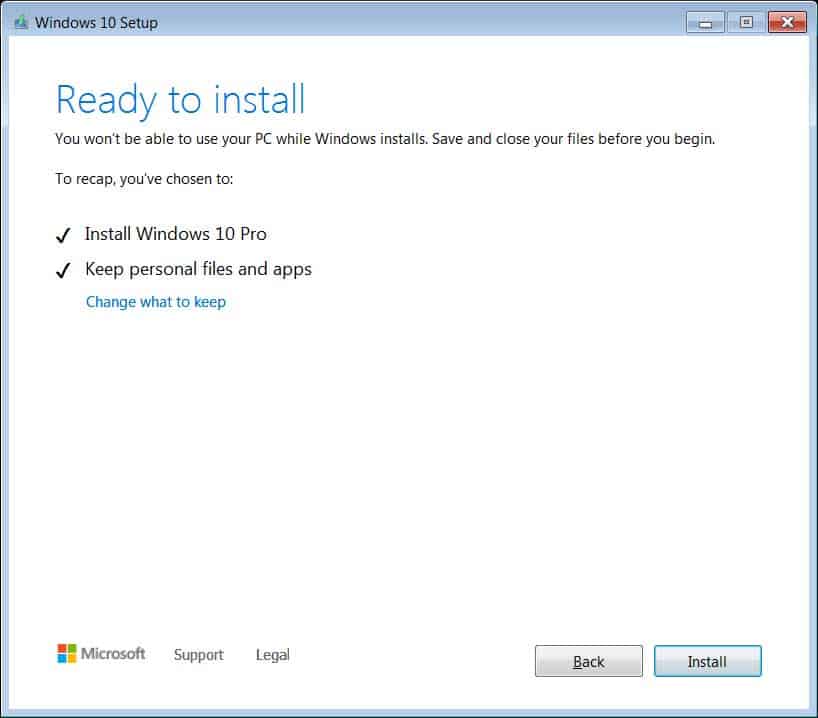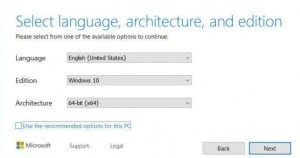

The other option is to create installation media on a burnable DVD or a bootable USB drive, which may be useful in the future but won't help you now. Launch the Media Creation Tool and select 'Upgrade this PC now'. Most people won't know how to update the BIOS, and we're not sure you need to uninstall the AV (especially if it's on our list of the best antivirus software), so do this only if you run into problems in the following steps. Ignore the "Update now" button - that's for machines that already have Windows 10 - and instead click "Download tool now." 1.5 (optional): You may want to update your BIOS and deactivate antivirus software.Įd Bott over at ZDNet, who has been tracking this stealth upgrade process for years (opens in new tab), recommends updating the PC's BIOS/UEFI firmware if the PC was built before 2015, and also uninstalling the antivirus software, just to be safe. Download Microsoft's Windows 10 Media Creation tool.Īs mentioned above, you need to download and install Microsoft's own installation tool from this page (opens in new tab). Likewise, Windows 7 Professional maps to Windows 10 Pro.

So if you have Windows 7 Home Premium, you'll be getting Windows 10 Home.
Wouldn't it be better use rsync instead of cp -r ?ĭo all this steps have to be done as root? If not, do I need to chmod all files to 664 and chown all the directories that are used to mount the USB device and the ISO image? I suppose that it's just easier to copy the data as root and it not affect the data.One caveat: You can upgrade only to the Windows 10 version that corresponds to your build of Windows 7 or Windows 8.1. Shouldn't the usb work without doing the last step # ms-sys -7 /dev/sdb ? Or is it to make the usb bootable? Does it only to mark the partition as bootable? Open gparted, select the USB drive, right-click on the file system, then click on "Manage Flags". Make sure the write is flushed (be patient it can take a few minutes):

I have been reading some web pages and posts (here and in other forums) about how to create a Windows 7 installation USB media from linux (to install Windows 7)


 0 kommentar(er)
0 kommentar(er)
